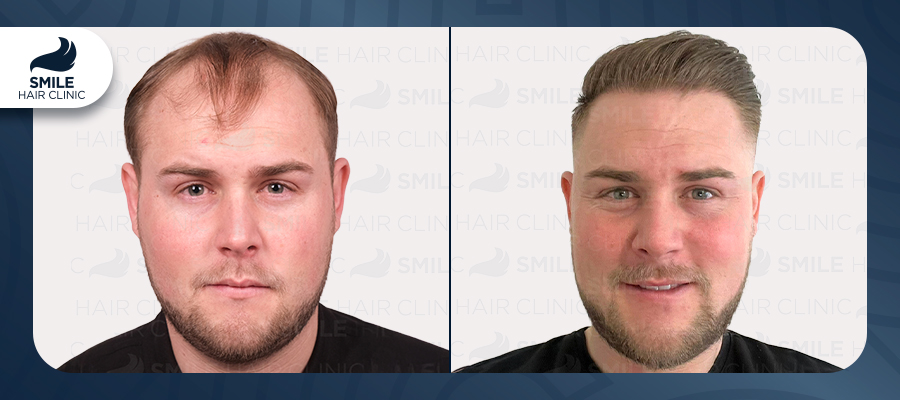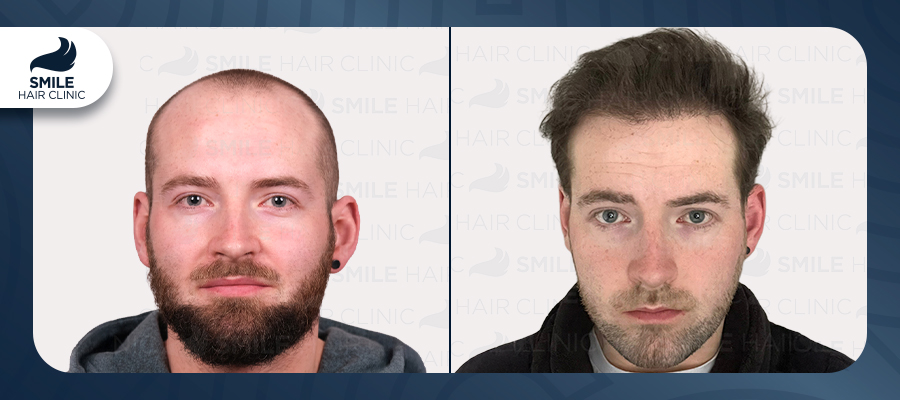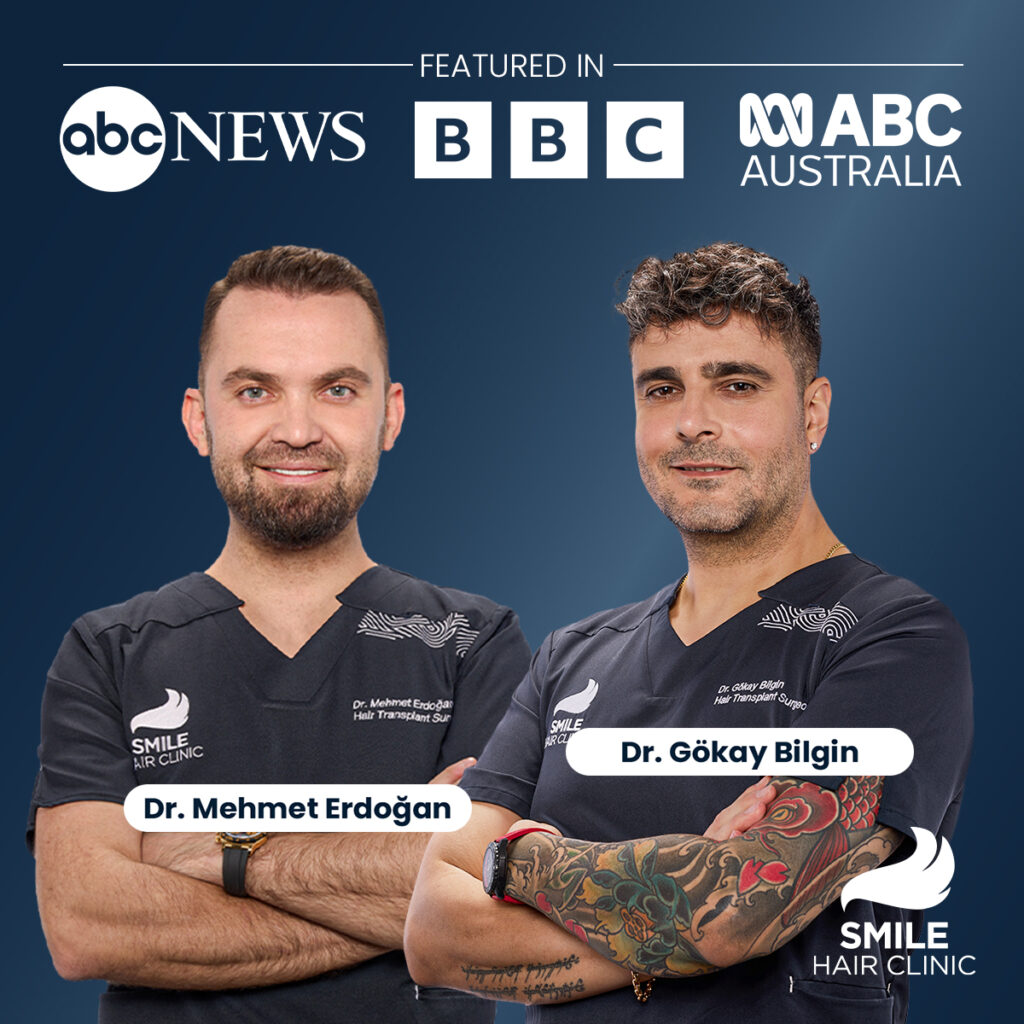Turkey has become a global hub for hair restoration, attracting patients from every continent. The same international connectivity and borderless access that define the country’s medical tourism growth are also hallmarks of today’s digital and crypto economies. For readers following how technology and globalization converge in real-world industries, Turkey’s thriving hair transplant market offers a clear example of cross-border coordination, digital visibility, and consumer trust built through online transparency.
Many travelers come for a combination of skilled teams, modern clinics and packages that make international care straightforward. That said, not all clinics are the same. Some focus on high volume and quick turnaround, while others emphasize a careful, doctor-led approach and long-term follow-up. Below you will find ten centres that consistently appear in patient reports and clinician directories.
What Makes a Good Clinic?
The first thing you should think about when searching for a trustworthy hair transplant clinic in Turkey is its reputation. Does the clinic have before and after pictures of confirmed patients, and are there any internet reviews? Numerous testimonies and pictures of actual patients displaying hair growth after surgery must to be available.

A Connected Global Market
Turkey’s hair transplant sector operates in a way familiar to followers of digital trends: borderless, information-driven, and reputation-based. Patients discover clinics online, compare results through verified digital images, and often arrange entire treatment journeys through web platforms and encrypted communications. This international, tech-enabled flow mirrors the same forces that have accelerated adoption of digital assets and decentralized networks—efficient global exchange built on digital trust.
What Are the Experiences With Hair Transplantation Services in Turkey?
There are many of first-hand accounts and reviews because many people travel from the US and other countries to Istanbul, Turkey, in search of a remedy for their hair loss. Within a year following the procedure, the majority of patients say that their natural hairline has returned, and they are happy with the hair transplant surgeon. The journey itself is hailed as being rather enjoyable.
What Methods are There, and Which are Recommended?
FUE and DHI are the two primary hair transplant techniques. For more severe hair loss that necessitates a greater number of grafts—up to 6000—the FUE technique is recommended because it is less intrusive. Microscopic incisions are made in the bald places where the donor strands are placed after the hair follicles are removed from the donor area one at a time.

1. Smile Hair Clinic, Istanbul
Smile Hair Clinic is often mentioned for its structured approach to consultations and post-operative follow-up. The hair transplant turkey highlights planning of the hairline that respects facial proportions and uses contemporary FUE variants. Many international patients point to clear transfer and accommodation arrangements and detailed aftercare instructions as reasons they felt secure choosing this centre. Smile Hair Clinic also publishes patient testimonials and has an active presence on review sites.
2. HLC Clinic, Ankara
HLC Clinic, sometimes called Hairline Clinic, underlines manual FUE and an approach that keeps critical steps in the hands of surgeons rather than delegating them to assistants. That emphasis on surgeon involvement is attractive to patients who place a premium on clinical oversight and consistent technique. HLC also appears in international surgeon directories, which helps verify its professional visibility.
3. Elithair, Istanbul
Elithair is a large, internationally oriented clinic that offers comprehensive packages for foreign patients. Its scale allows it to provide multilingual support, coordinated travel logistics, and a high volume of documented cases. For first-time medical tourists, a centre that manages logistics end-to-end can remove many practical obstacles to treatment.
4. Cosmedica Clinic, Istanbul
Cosmedica and its lead clinicians are widely known in the hair restoration community. The clinic offers both FUE and DHI variants and highlights natural hairline design and published case examples. Patients often report a professional setup and clear documentation of results, which makes Cosmedica a frequent consideration for those comparing well-established providers.
5. Clinicana, Istanbul
Clinicana sits within a larger medical infrastructure and markets itself around transparent pricing and hospital-grade facilities. The clinic provides abundant video testimonials and before-and-after galleries, which can be useful when you want to verify an account. Clinicana focuses on patient education, a clear pricing structure and follow up care that is outlined before treatment.
6. Heva Clinic, Istanbul
Heva Clinic is known for its strong social media presence and for catering to a range of hair textures, including services for curlier and thicker hair types. Clinics that advertise specialized experience with certain hair types can be a good fit if your hair texture is less common in standard case portfolios. Look for patient photos and permissioned case studies that match your own hair type.
7. Estenove, Istanbul
Estenove promotes operations performed in partnership with private hospitals and emphasizes regulated clinical environments. The clinic highlights staged planning and oversight by trained doctors, and it provides patient reviews and video content that detail the patient journey. For people who want hospital supervision and clear procedural descriptions, centres like Estenove are worth considering.
8. Elit Istanbul / Elit International
Mid-sized clinics such as Elit Istanbul combine personalised care with a professional workflow. These clinics may appeal if you want the balance of a hands-on doctor relationship while still accessing modern facilities. Many mid-sized centres will show permissioned before and after images and can provide more direct contact with the operating surgeon during consultations.
9. Specialty and niche centres
Some centres specialise in beard or eyebrow transplantation, or in transplants tailored to specific ethnic hair textures. If your goals are very specific, find clinics that publish case studies for that particular procedure. Specialisation can translate into better planning of graft angulation, density, and long-term aesthetics for the treated area.
10. Clinics with strong aftercare and communication
A clinic that prepares you well for the months after surgery is often the clinic that yields the best patient experience. Look for scheduled follow-ups, clear written aftercare steps, and tools for remote monitoring such as photo check-ins. Clinics that integrate aftercare into the package lower the risk of misunderstandings and improve healing outcomes.
How to compare and pick the right centre
First, do a video consultation. Seeing the doctor or clinical lead on a call gives a strong sense of their communication style and realism about outcomes. Second, ask for before and after images from cases with similar hair type and level of loss to yours. Third, confirm who performs each stage of the operation and whether the clinic uses trained surgeons for extraction and implantation. Fourth, get everything in writing: the expected graft count, the price breakdown, and the aftercare protocol. Finally, check independent reviews and, if possible, speak to past patients.
Practical travel and recovery tips
Plan to stay one week in Turkey for initial recovery and immediate postoperative checks. Bring prescribed medications with you on the return trip if the clinic provides them, and follow sun protection guidance for at least three months. Use gentle shampooing as advised by the clinic and avoid strenuous exercise during the initial healing phase.
Shared Themes With Digital Innovation
The rise of Turkey’s medical tourism sector — built on transparency, online reputation, and seamless international logistics — parallels the way digital ecosystems, including Web3 and crypto networks, build global trust through visibility and efficiency. While these are separate domains, both demonstrate how borderless participation and digital verification are reshaping traditional industries.
Frequently Asked Questions
When will I see visible hair growth?
Most patients experience shedding in the first few weeks. New growth commonly starts around month three and becomes noticeable at about six months. Final density and maturation usually appear between twelve and eighteen months.
Is a hair transplant painful?
Procedures are performed under local anesthesia, so pain during surgery is minimal. Mild discomfort, swelling, and tenderness can occur after the procedure and are usually managed with standard medication and care.
Which technique is the best?
Both FUE and DHI can produce excellent results. The key variable is the experience and judgment of the operating team rather than the label of the technique alone.
How much does a typical procedure cost in Turkey?
Costs vary with graft number, technique, and included services. Many mid-range packages fall into the lower to mid four-figure range in US dollars. Always confirm what is included to avoid surprises.
Are there risks?
Yes. Risks include infection, scarring, and uneven density. Choosing a clinic that practices strict sterility, transparent consent, and structured follow-up reduces those risks.
Can I do a second procedure later?
Yes. Many patients undergo staged procedures to increase density or address new loss. Donor hair availability and long-term planning with your surgeon determine feasibility.
This industry announcement article is for informational and educational purposes only and does not constitute financial or investment advice.













